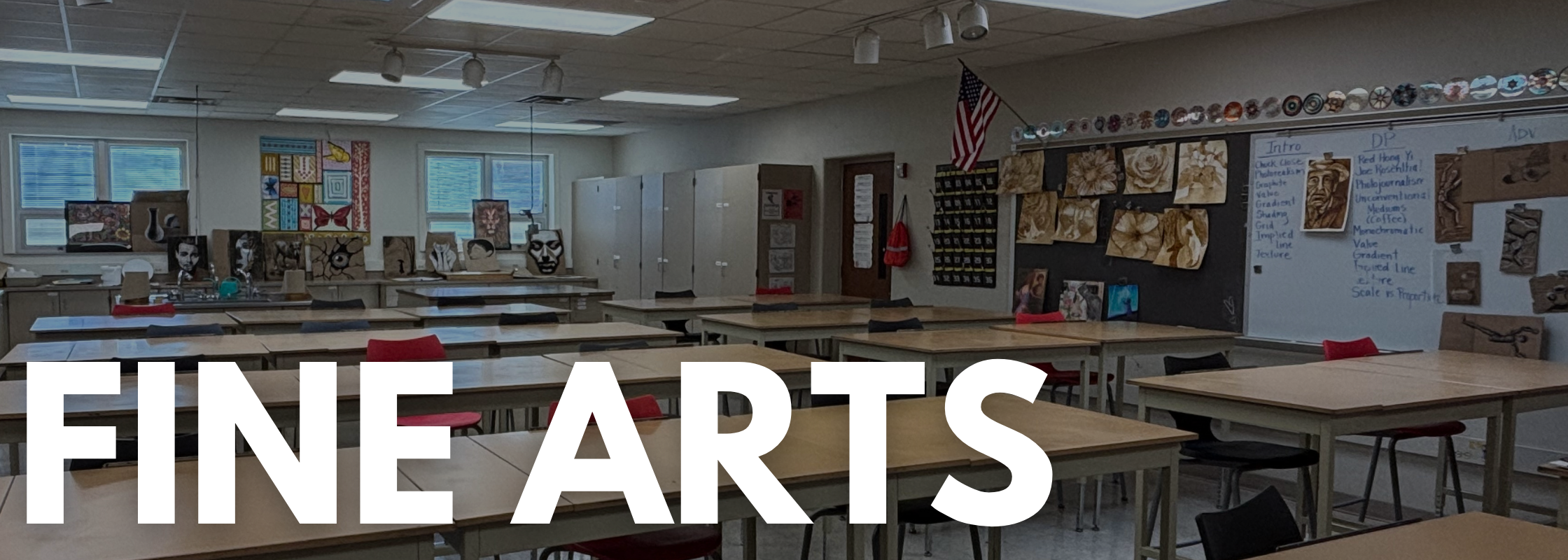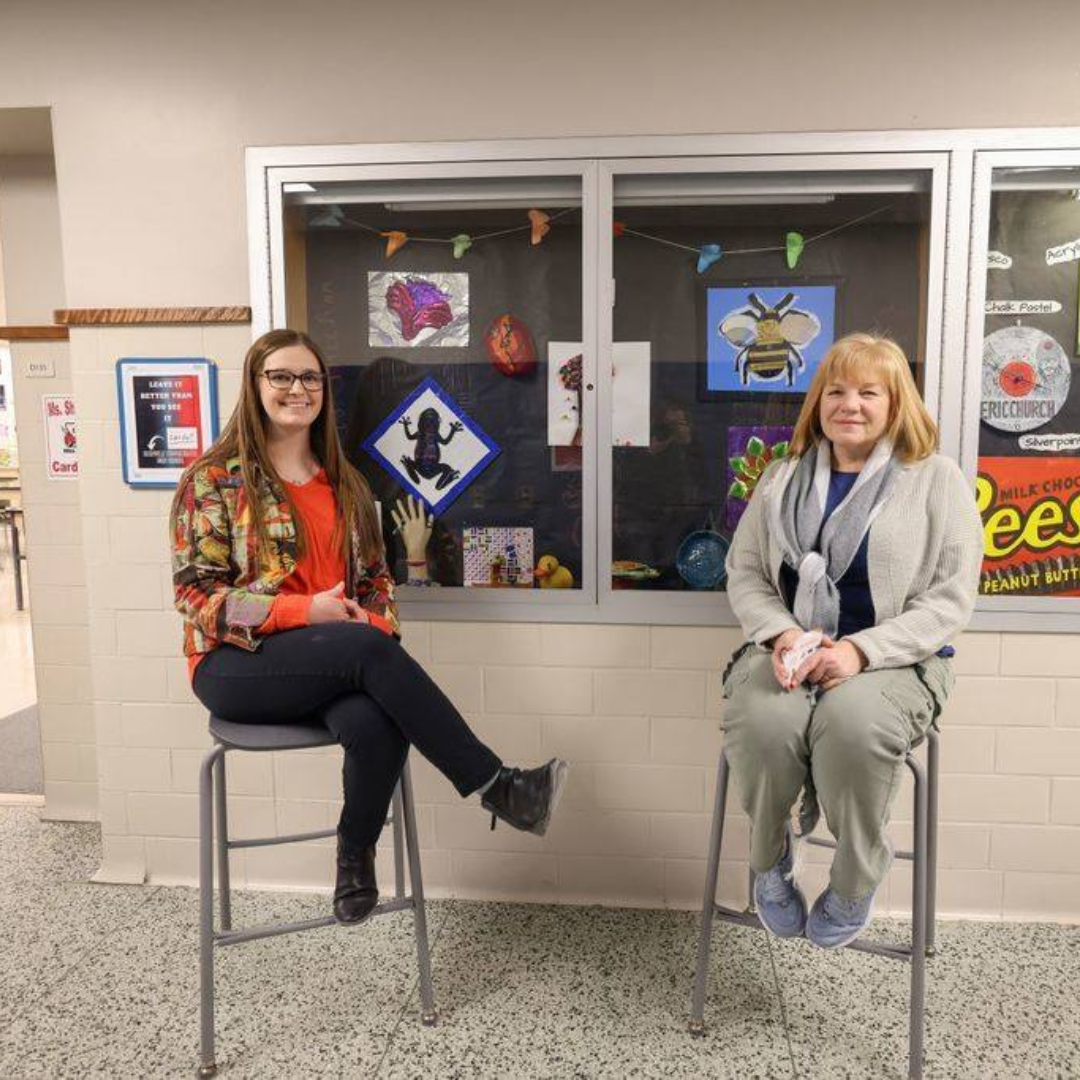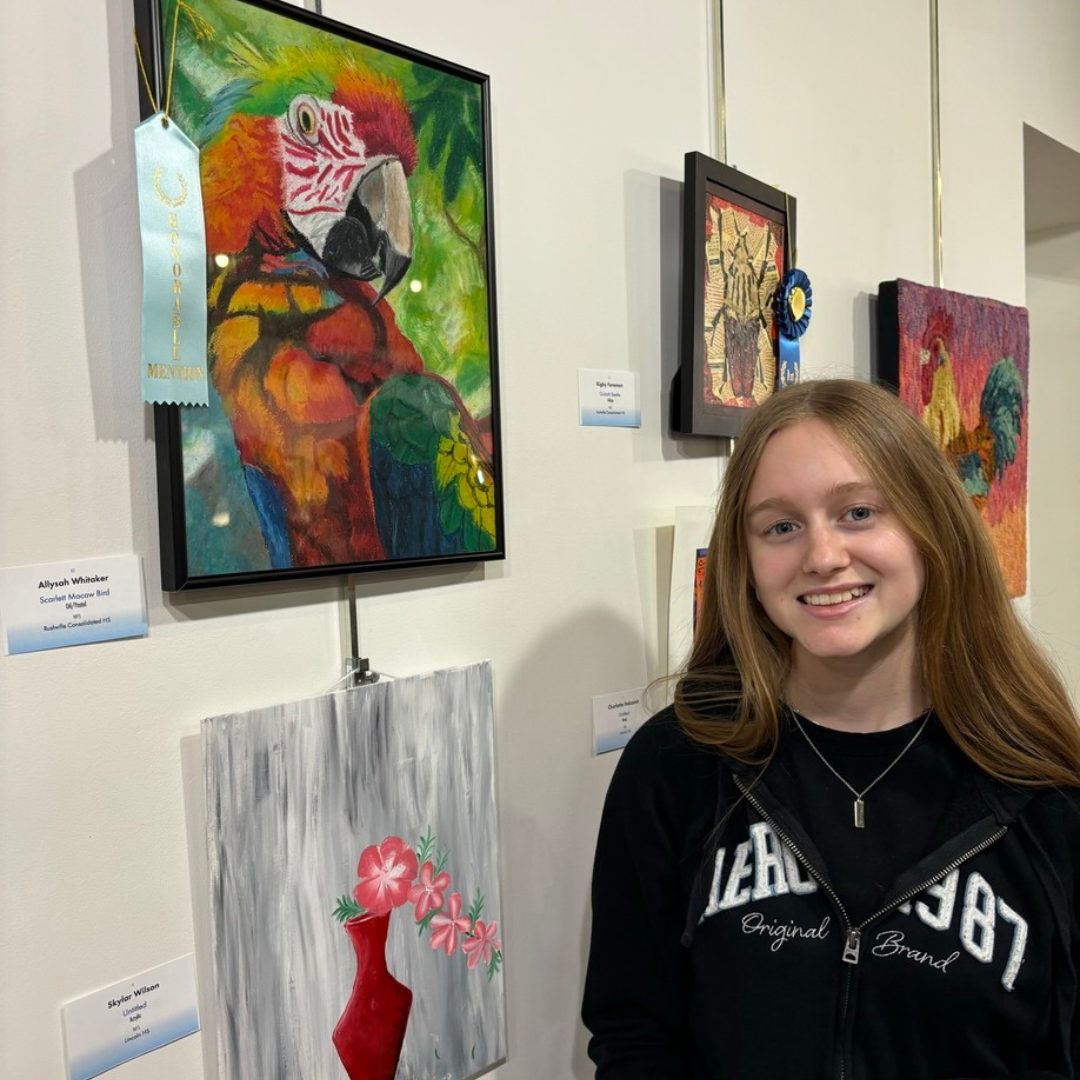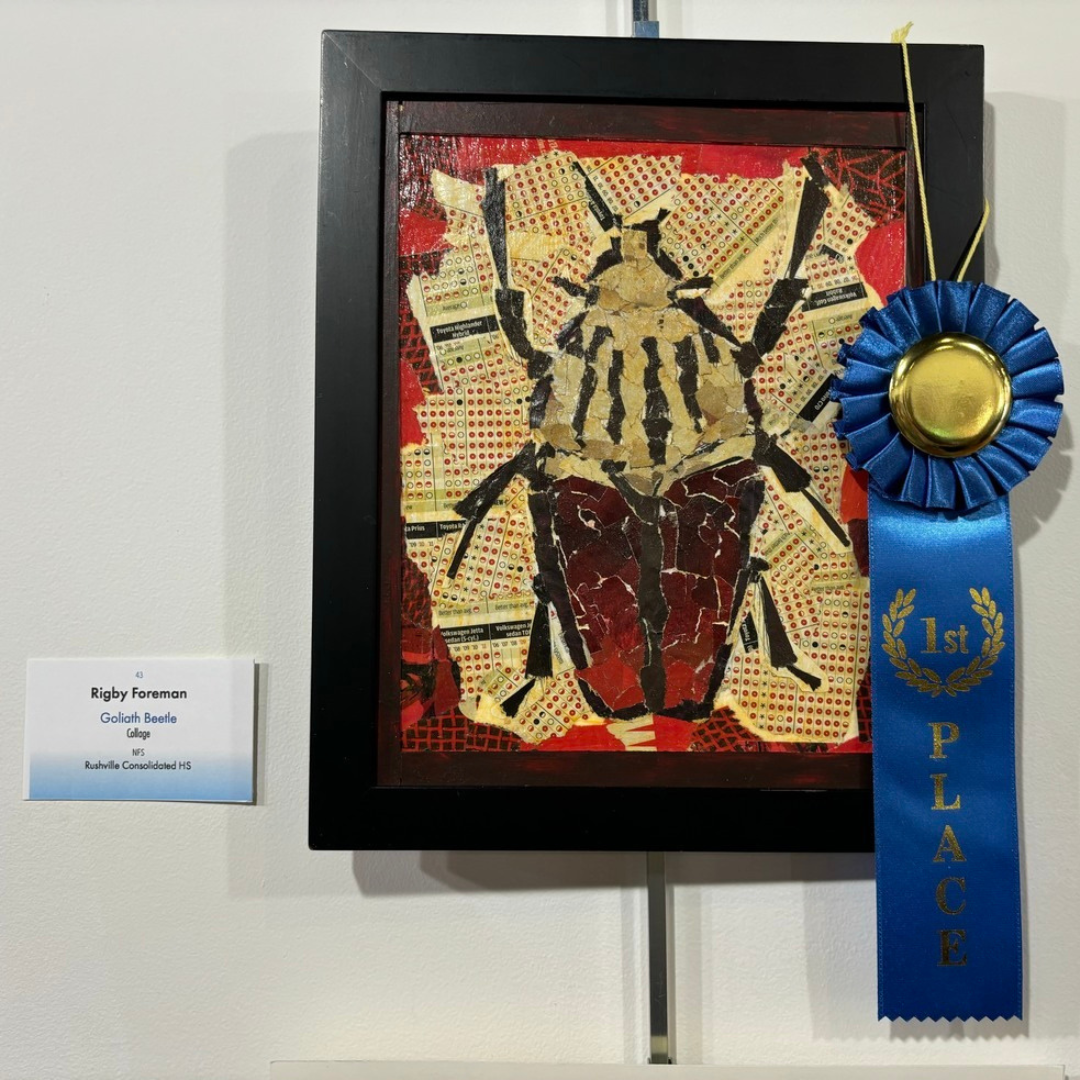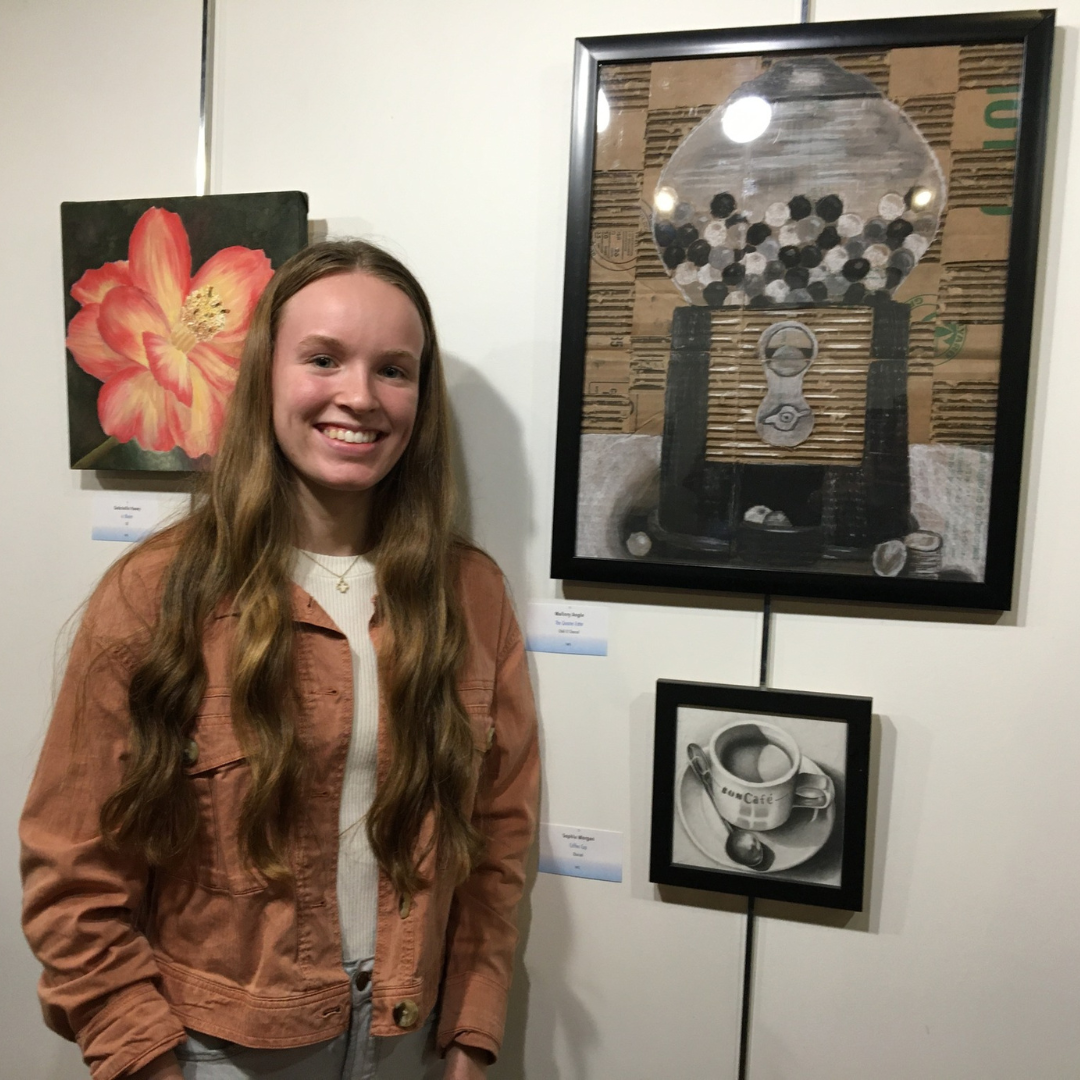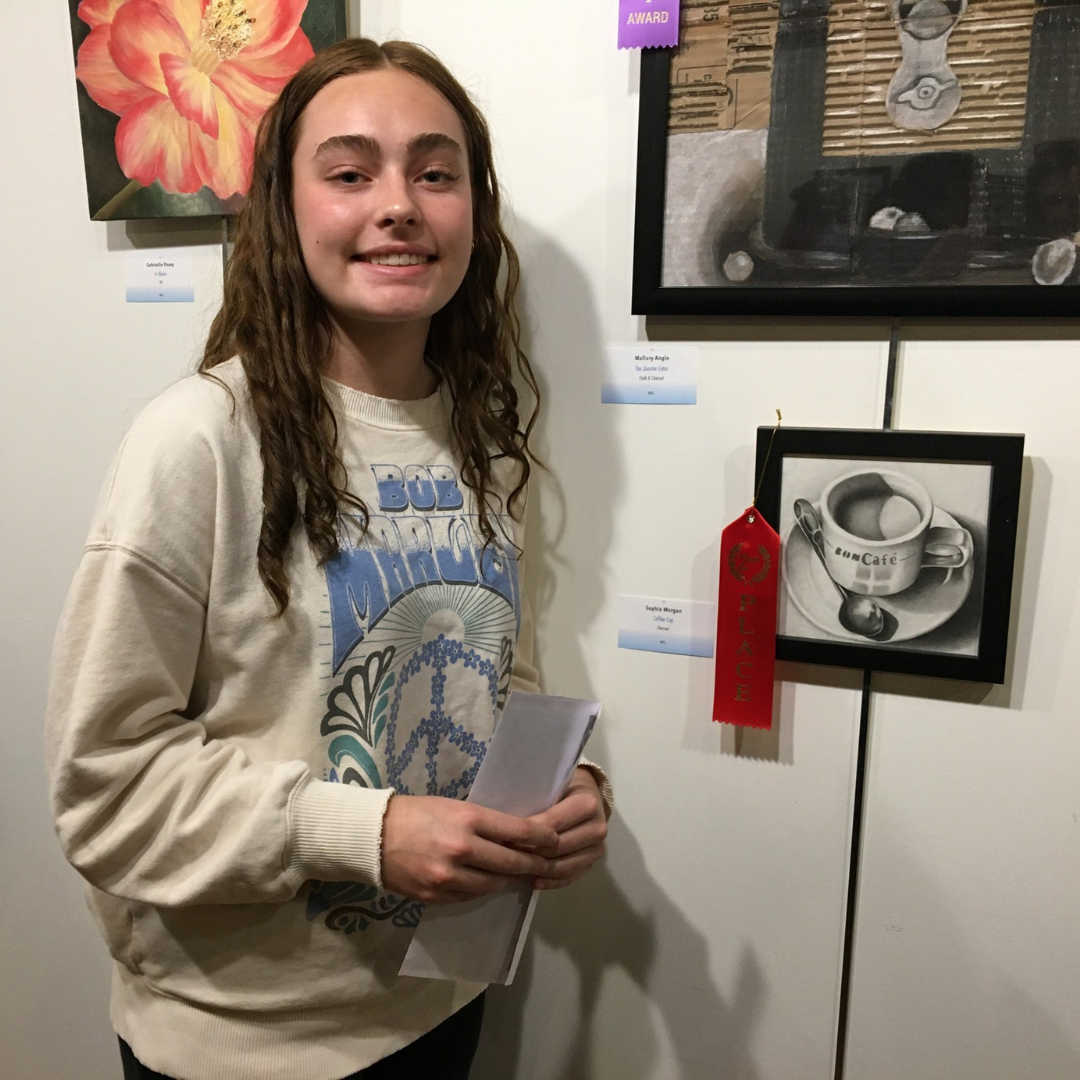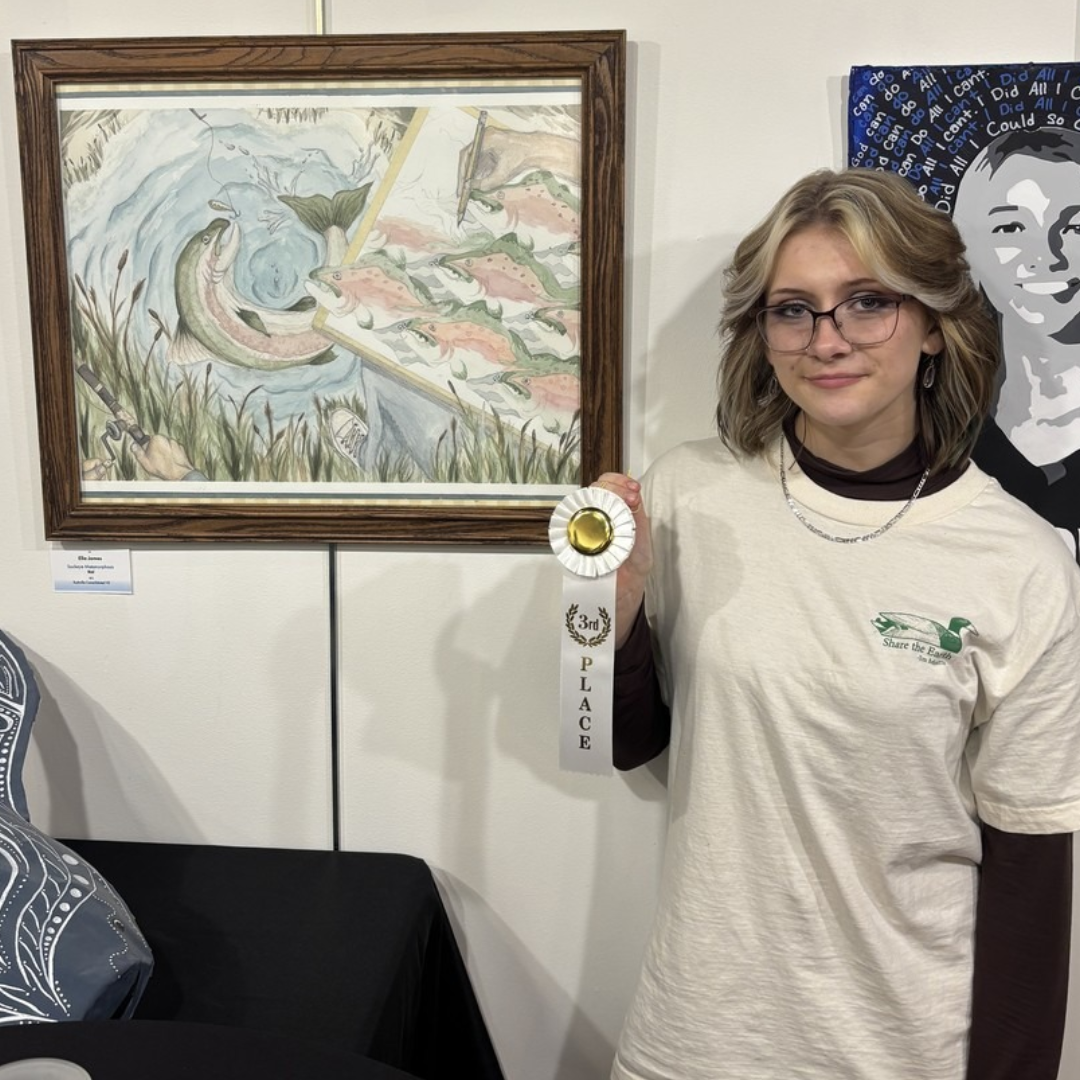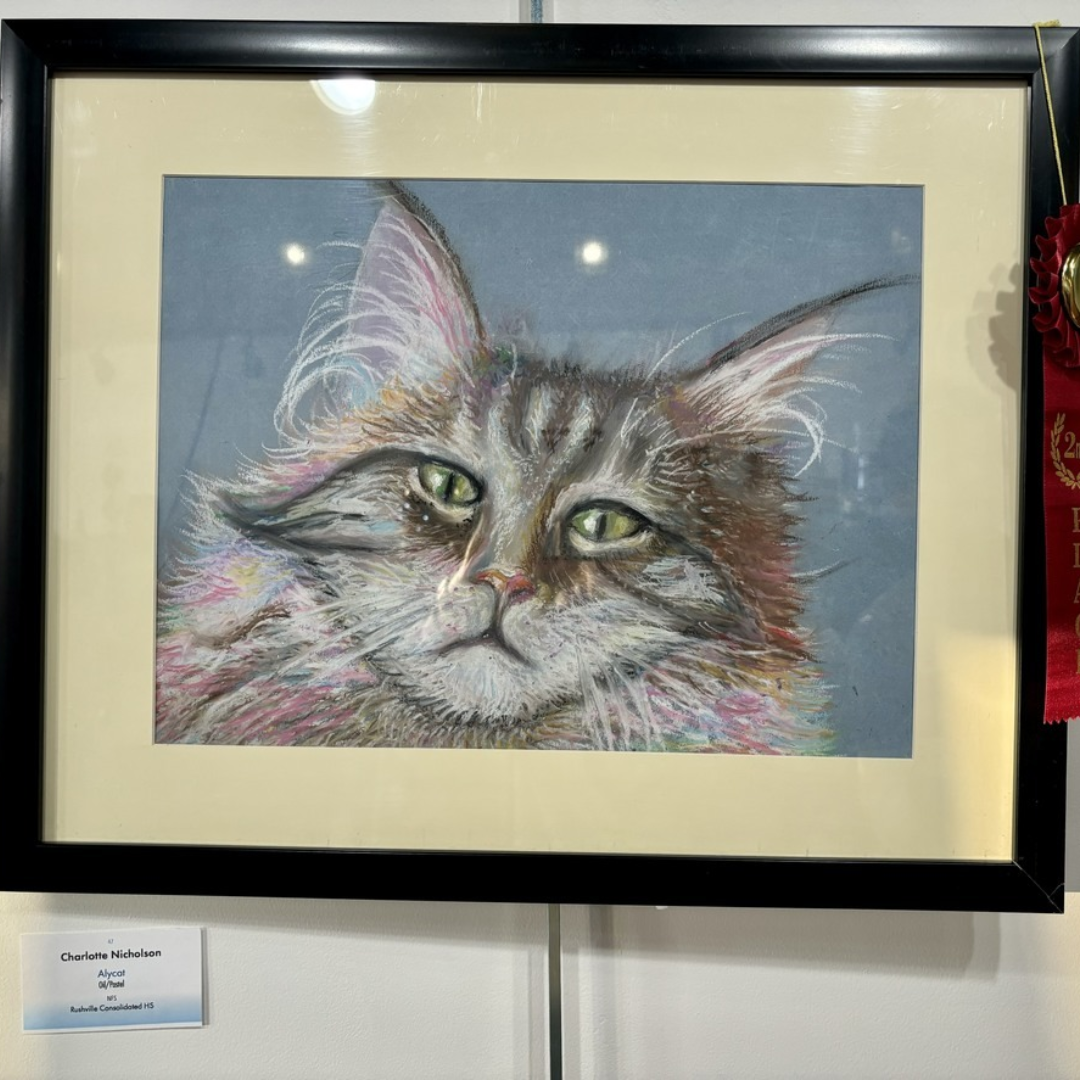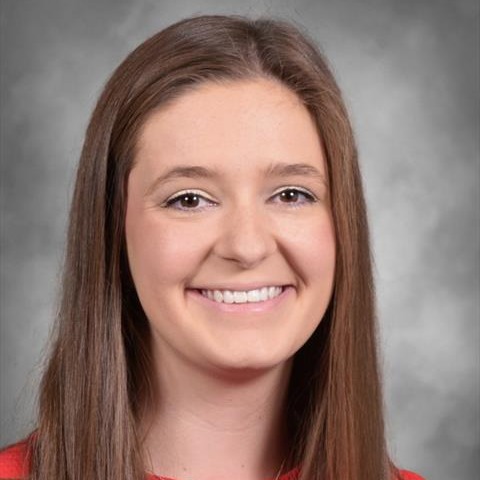When high school students plan their schedules, classes like calculus and chemistry often take priority. Art classes are sometimes viewed as secondary. However, viewing art classes merely as requirements misses their immense value. They are not just classes about creating masterpieces; they are powerful training grounds for the essential skills demanded by modern employers and universities, regardless of whether your future is in medicine, business, or skilled trades. The skills you develop in art classes translate directly into professional success.
1. Critical Observation and Problem Solving
In art class, you don’t just draw what you see; you learn to see how light, shadow, and texture interact. This detailed observation is a form of intensive problem-solving. Whether you are struggling to balance a sculpture or correctly render perspective, you are practicing iteration, testing, and adjusting, core processes for any engineer, programmer, or scientist.
2. Resilience and Constructive Critique
Creating art requires vulnerability. You put your work out there and receive feedback (a critique). Learning to take that feedback, understand where the flaw is, and revise your work without giving up is crucial. In college and the workplace, your first draft is rarely your last. Art teaches you to see critique as a path to improvement, not personal failure.
3. Communication and Collaboration
You learn to articulate abstract ideas, how a color palette feels, or why a certain composition works. This skill in verbalizing complex, non-quantitative ideas is vital for presentations, client meetings, and cross-department collaboration in any field.
The arts also provide the intellectual and creative balance that prevents burnout. They allow you to exercise the right side of your brain, which enhances cognitive flexibility and lateral thinking, the ability to approach a problem from an unexpected angle. Universities and employers don’t just want skilled specialists; they want well-rounded thinkers who can innovate and adapt. The ability to switch between analytical thinking and creative expression is the hallmark of a truly sharp mind.
So, as you plan your course load, remember that those art credits are not just for fun. They invest in your future, training you in the kind of adaptable, creative intelligence that guarantees success on any post-high school path.

